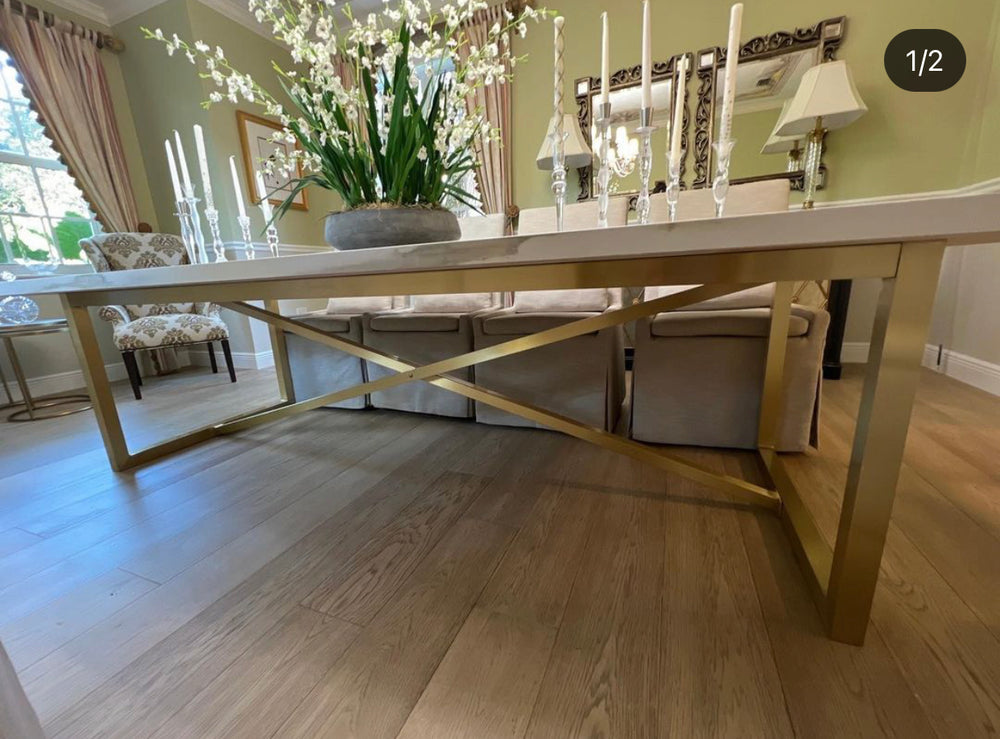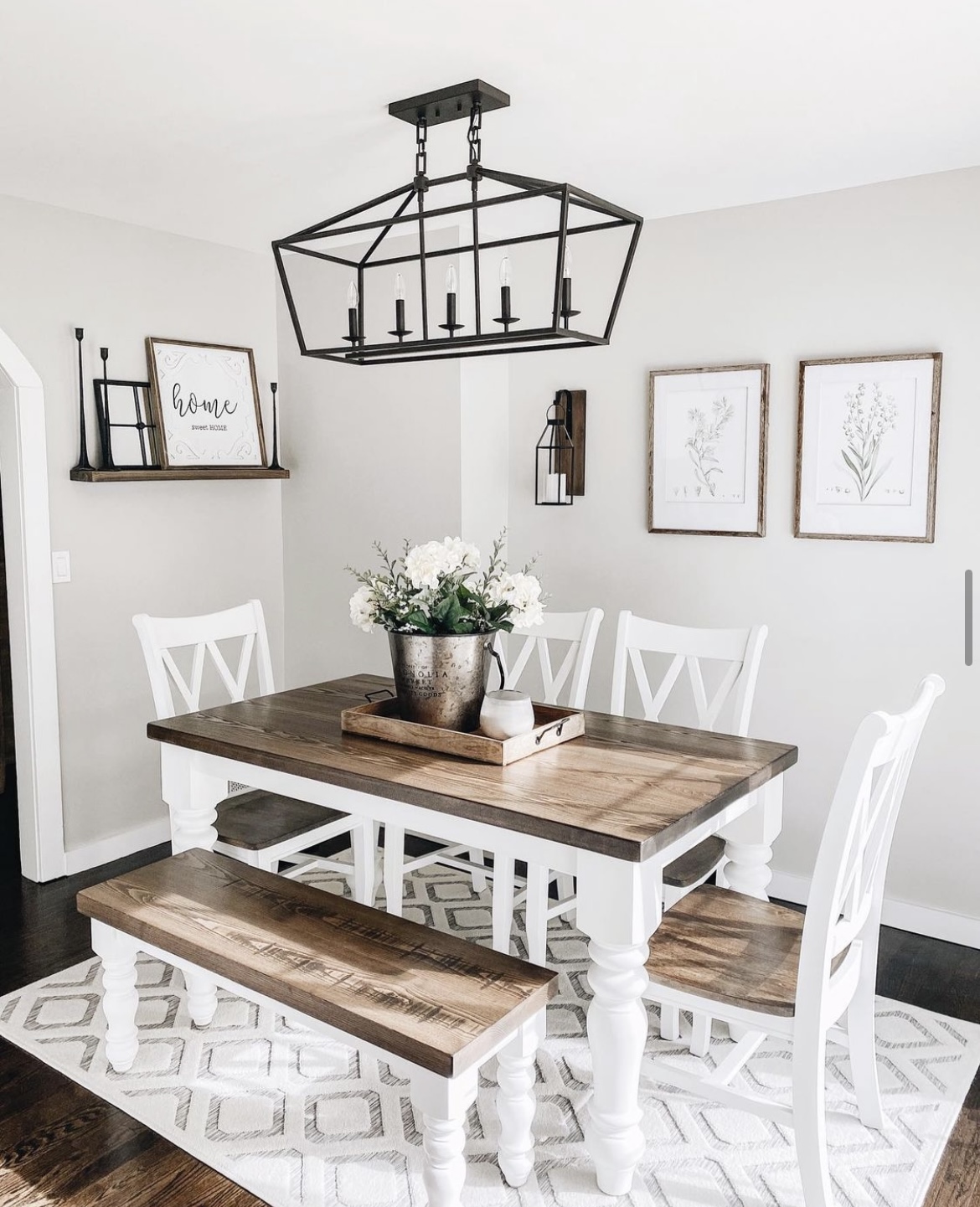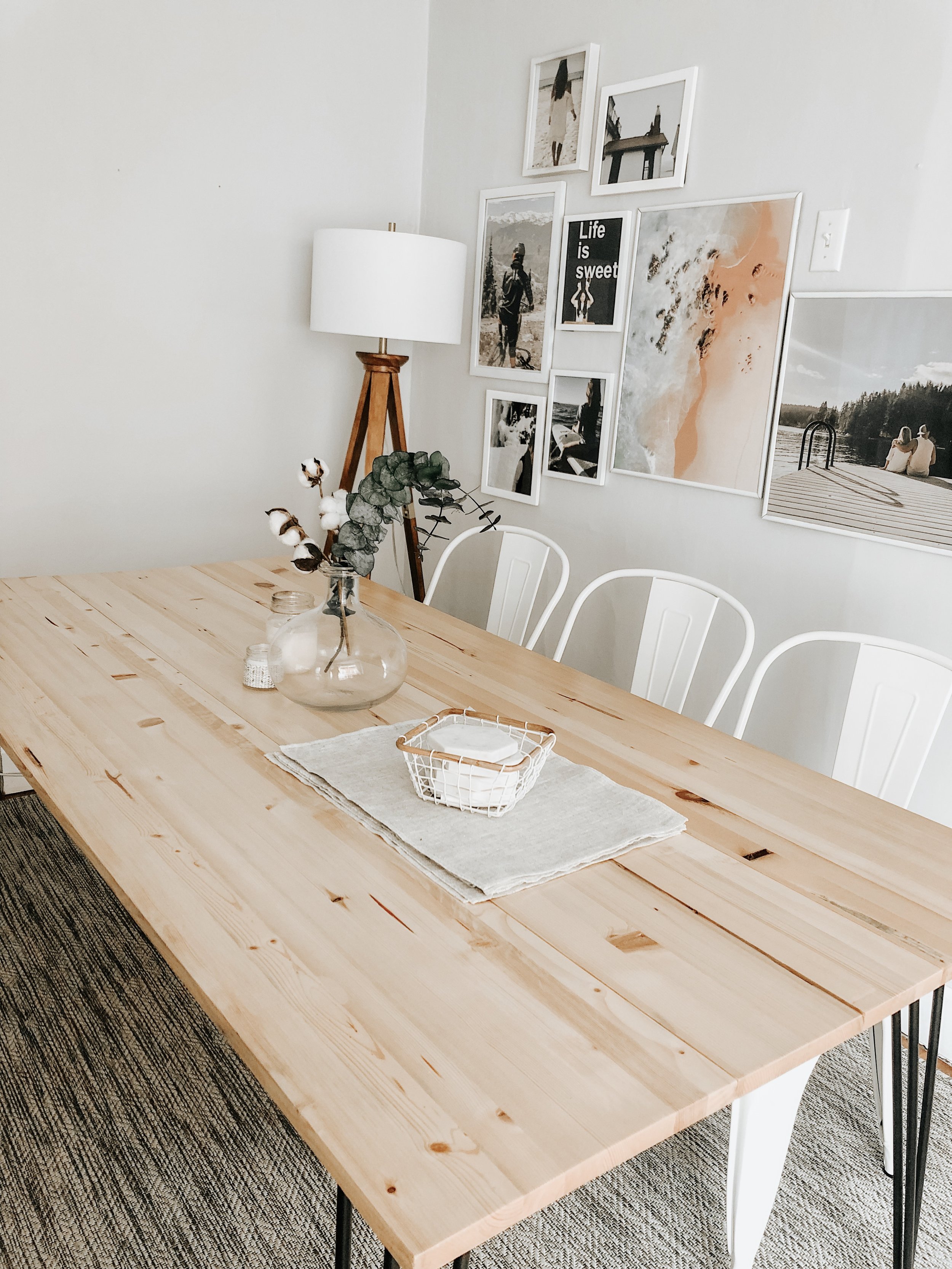Upgrade Your Furniture with Custom Dining Room Table Legs
Upgrade Your Furniture with Custom Dining Room Table Legs
Blog Article
Specialist Tips for Setting Up Dining-room Table Legs for Maximum Security
When it comes to installing dining space table legs, achieving optimum security is extremely important for both performance and aesthetic appeals. What particular methods can improve security also better?
Pick the Right Legs
When choosing the ideal legs for your dining-room table, it is essential to take into consideration both capability and appearances. The legs you select will significantly impact the overall design and stability of the table. Evaluate the table's planned use; if you expect constant gatherings, sturdier legs, such as those made from strong timber or steel, might be extra suitable, as they offer enhanced toughness and assistance.
Common eating tables usually range from 28 to 30 inches in elevation, so make sure the legs line up with this standard for convenience. Tapered legs can include a modern touch, while turned legs could communicate a more classic visual.

Select Appropriate Hardware
How can the ideal equipment improve the security and durability of your dining space table? The choice of suitable hardware is vital to making certain that the legs of your table are firmly attached and able to hold up against normal use. High-quality screws, bolts, and braces supply the required stamina to sustain the weight of the table, as well as any type of added loads put upon it throughout meals or events.
When choosing screws, go with those made from durable materials such as stainless-steel or brass, which stand up to deterioration and maintain integrity gradually. The size of the screws is just as essential; they must pass through deeply right into the table's structure without jeopardizing stability. For bolted connections, think about using lock washers to stop loosening up because of resonance or movement.
In addition, using edge brackets can include added assistance, especially for larger tables or those with larger tops. These braces distribute weight equally and assist preserve the table's form. Ensuring that the hardware you pick is proper for the certain materials of your table will additionally boost its total stability and longevity, enabling you to enjoy your dining experience for several years to find.
Ensure Appropriate Alignment
Correct positioning of dining area table legs is necessary for both aesthetic allure and practical stability. Misaligned legs can bring about an unequal tabletop, which might not only be aesthetically unappealing yet also endanger the table's functionality. To attain ideal alignment, start by measuring the range from the table's corners to the leg accessory points. This makes sure that each leg is positioned equidistant from the sides, creating a balanced appearance.
Use a level during installment to verify that each leg is perpendicular to the table top. This action is important, as also minor inconsistencies can rise into considerable security concerns in time. It is suggested to note the preferred leg placements on the bottom of the table with a pencil or covering up tape before protecting them. This method functions see this site as a visual overview, permitting modifications as needed.
In addition, verify the positioning after the initial screws are tightened, as adjustments might be essential before totally protecting the hardware. By prioritizing proper alignment, you not only enhance the table's total layout but also make certain that it remains stable and useful for several years to come.

Consider Weight Distribution
After making sure correct placement of the dining area table legs, it is necessary to consider weight circulation to enhance stability and capability. dining room table legs. Proper weight circulation is vital in stopping wobbling and making sure that the table can support its intended lots without danger of tipping or collapsing
When placing the legs, ensure they are put at equal ranges from the facility of the table to equally distribute the weight throughout the structure. Think about the weight of the tabletop and any kind of things that will frequently relax on it, such as decorative items or tabletop home appliances. Tables with heavier surface areas should ideally have legs positioned closer to the edges, as this optimizes the base of support and reduces the danger of instability.
In addition, if the table is meant for use in a high-traffic location, consider utilizing larger materials for the legs or adding maintaining elements, such as cross-bracing or a lower rack - dining room table legs. These changes can help preserve balance and avoid changing during use. Eventually, a well-considered weight circulation strategy will dramatically enhance the table's general performance, guaranteeing it continues to be a functional and attractive focal point for your eating room
Examination Stability Before Use
Checking the stability of the dining area table prior to usage is a vital action that must not be overlooked. If the table reveals instability, determine the legs or joints that may require change.
Following, check that all bolts and screws are tightened up correctly. Loose links can result in instability and potential damages gradually. If required, use timber glue on joints to enhance security, guaranteeing to allow ample drying time.

Final Thought
In verdict, the installation of dining area table legs requires mindful consideration of materials, alignment, equipment, and weight distribution to accomplish optimum security. By selecting premium bolts visit this site right here and tough legs, ensuring accurate positioning, and distributing weight evenly, the structural stability of the table can be substantially enhanced. Carrying out a security examination before normal use better makes certain that the table will stand up to day-to-day pressures, consequently giving a secure and reputable dining experience.
When it comes to setting up dining space table legs, accomplishing optimum security is extremely important for both capability and visual appeals. The legs you choose will substantially affect the general style and stability of the table (dining room table legs). Standard dining tables normally range from 28 to 30 inches in height, so make certain the legs align with this standard for convenience.Correct positioning of dining area table our website legs is necessary for both visual appeal and functional stability.In conclusion, the installment of eating space table legs requires mindful factor to consider of materials, placement, weight, and hardware distribution to achieve optimum stability
Report this page